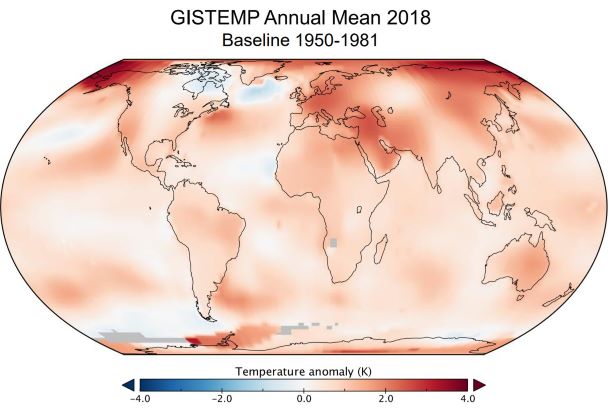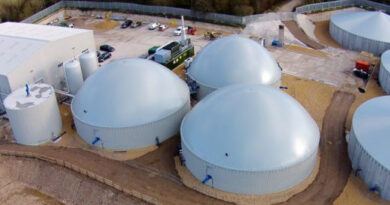Researchers put a number on storage requirements for a 100% RE Grid
Researchers in the US used the recent polar vortex power demand data from the US Midwest to ascertain how Renewables like Solar and Wind will fare if the grid converts to 100% Carbon Free
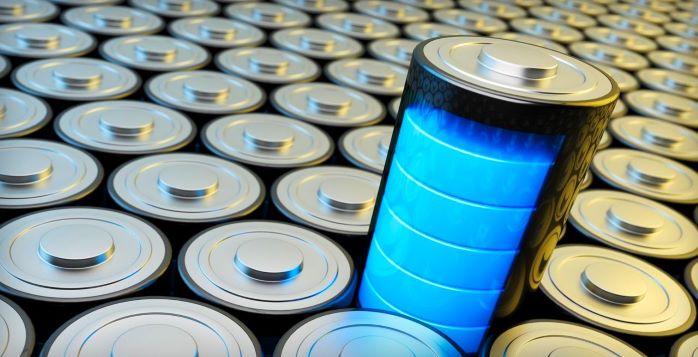
Researchers using energy production and power demand data, showed how a 100 percent renewable energy grid, powered half by wind and half by solar, would have had significant stretches without enough wind or sun to fully power the system, meaning a large volume of energy storage would have been necessary to meet the high demand.
“You would need a lot more batteries in a lot more places,” said Wade Schauer, a research director for Wood Mackenzie Power & Renewables, co-author of the report.
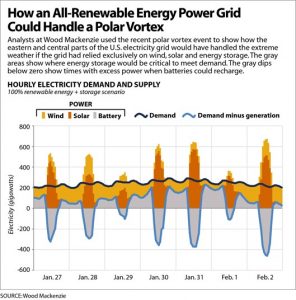
Schauer’s analysis shows storage would need to go from about 11 gigawatts today to 277.9 gigawatts in the grid regions that include New England, New York, the Mid-Atlantic, the Midwest and parts of the South. That’s roughly double Wood Mackenzie’s current forecast for energy storage nationwide in 2040. With the talk about a transition to 100 percent carbon-free energy sources within a few decades, a country like US (or any other as a matter of fact) would need to transform its grid in a way that could meet demand on the hottest and coldest days, a task that would involve a huge build-out of wind, solar and energy storage, plus interstate power lines.
The study found out that during Jan. 27 – Feb. 2 polar vortex event, a grid that relies completely on wind and solar, would have led to gaps of up to 18 hours in which renewable sources were not producing enough electricity to meet the high demand, so storage systems would need to fill the gap.
Fundamental Shift
The researchers add that the grids would have to be designed to best use wind and solar when they’re available, and to store the excess when those resources are providing more electricity than needed, a fundamental shift from the way the system is managed today.
“In a modern power grid, all these advanced technologies are driving the need for more flexibility at all levels,” said David Littell, principal at the Regulatory Assistance Project and a former staff member for Maine’s utility regulator, who was not involved in the all-renewables report.
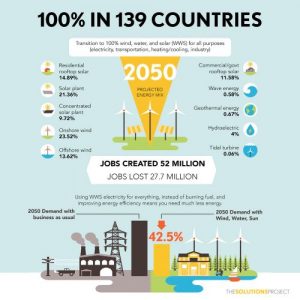
While fossil fuel power plants can be ramped up or down as needed, solar and wind are less controllable sources, which is why energy storage is an essential part of planning for a grid that relies on solar and wind. While there are other types of storage systems like those that store compressed air, flywheels that store rotational energy and several varieties of thermal storage.
Schauer points out that advances in energy storage will need to be more than just batteries to meet demand and likely will include technologies that have not yet been developed.
And that won’t happen quickly. He views the transition to a mostly carbon-free grid as possible by 2040, with the right combination of policy changes and technological advances. He has a difficult time imagining how it could be done within the 2030 timeframe.
Nuclear Power Would Lower Storage Needs
In addition to the 50-50 wind-solar projection, Schauer and co-author Brett Blankenship considered what would happen with other mixes of wind and solar power, and if existing nuclear power plants were considered as part of the mix.
By considering the role of nuclear plants, the report touches on a contentious debate among environmental advocates, some of whom want to see all nuclear plants closed because of concerns about safety and waste, and some who say nuclear power is an essential part of moving toward a carbon-free grid.
The Wood Mackenzie analysis shows that continuing to use nuclear power plants would dramatically decrease the amount of wind, solar and storage needed to get to a grid that no longer burns fossil fuels. For example, 228.9 gigawatts of storage would be needed, compared to 277.9 without the nuclear plants.
“If your goal is decarbonization, then nuclear gets you a lot farther than if you retire the nuclear,” Schauer said.


